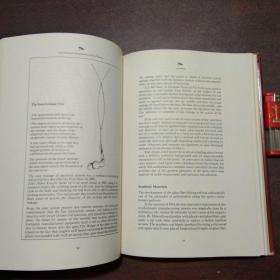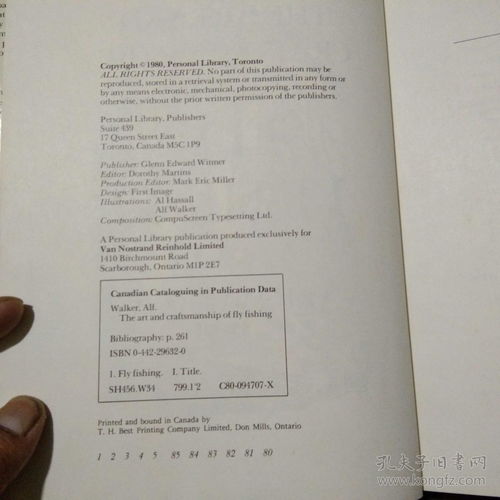Content:
Introduction: Fly fishing, an art form that dates back centuries, has captured the hearts of anglers around the world. The allure of this sport lies not only in the thrill of catching fish but also in the craftsmanship involved in creating your own fly rods. One of the most fascinating aspects of fly fishing is the ability to craft your own rod using simple, everyday tools, such as a pencil. In this article, we will delve into the world of DIY fly rod crafting and guide you through the process of using a pencil to perfect your fishing technique.

Section 1: Understanding the Basics Before we dive into the pencil crafting technique, it's essential to understand the basics of fly fishing. Fly fishing involves using an artificial fly, which is cast with a fly rod, to attract fish. The key to successful fly fishing lies in mastering the art of casting and presenting the fly in a lifelike manner.
Section 2: Gathering the Materials To craft a fly rod using a pencil, you'll need the following materials:
- A pencil
- Sandpaper
- A hacksaw or saw
- Epoxy or rod-building glue
- Fishing line
- A rod guide
- A stripping guide
- A fly reel
Section 3: Preparing the Pencil The first step in crafting your fly rod is to prepare the pencil. Begin by sawing the pencil in half, creating two equal lengths. These will serve as the foundation for your rod's blank. Ensure that the cuts are clean and straight for a seamless rod construction.
Section 4: Sanding the Pencil Once you have your two pencil halves, it's time to sand them down. Use sandpaper to smooth out any rough edges and create a uniform surface. This step is crucial for achieving a rod that is comfortable to hold and cast. Sand the pencil until it reaches the desired thickness and shape, which is typically slightly thicker at the grip area and tapering towards the tip.
Section 5: Attaching the Guides To enhance the performance of your DIY fly rod, you'll need to attach rod guides. These are small, metal rings that help guide the line through the rod as you cast. Place the stripping guide at the end of the rod, followed by the rod guide. Secure them in place using rod-building glue or epoxy, ensuring they are aligned correctly.
Section 6: Adding the Reel Seat The reel seat is where you'll attach your fly reel. Cut a piece of wood to fit the size of your reel and attach it to the end of the rod blank using glue or epoxy. Allow the glue to dry completely before proceeding.
Section 7: Finalizing the Rod After the glue has set, you can begin the final touches on your DIY fly rod. Sand the entire rod, ensuring it is smooth and comfortable to hold. You may also want to apply a protective coat of varnish or finish to enhance the rod's durability and appearance.
Section 8: Learning the Techniques Now that your fly rod is complete, it's time to learn the techniques that will make you a master angler. Practice casting, mending, and presenting your fly to understand the nuances of fly fishing. Experiment with different flies and techniques to find what works best for you.
Conclusion: Crafting a fly rod using a pencil may seem like a quirky project, but it is a rewarding experience that can enhance your appreciation for the art of fly fishing. By following these steps, you can create a custom rod that not only looks impressive but also performs exceptionally well. So, grab your pencil, and embark on an exciting journey into the world of DIY fly rod crafting and fly fishing mastery.












